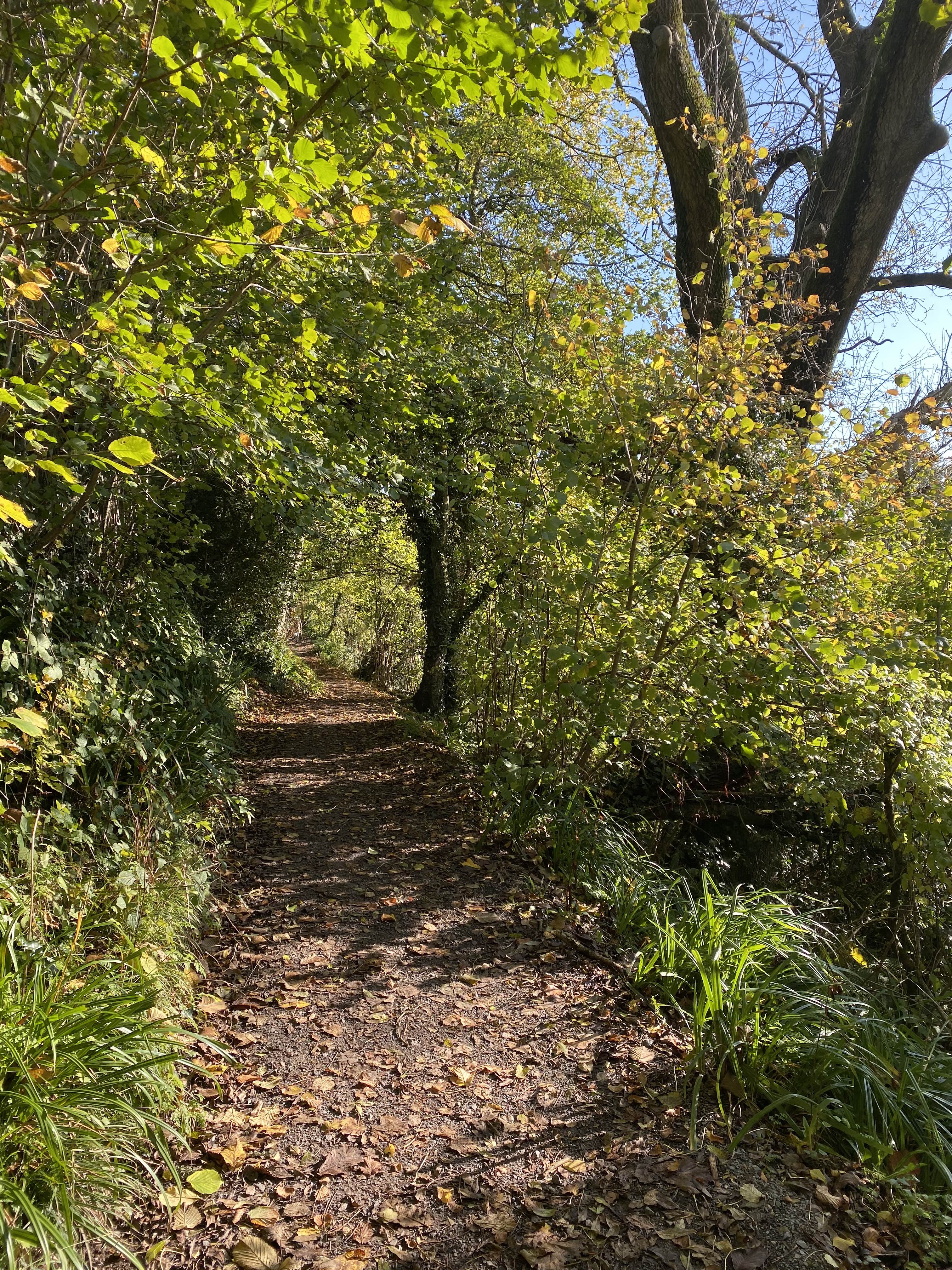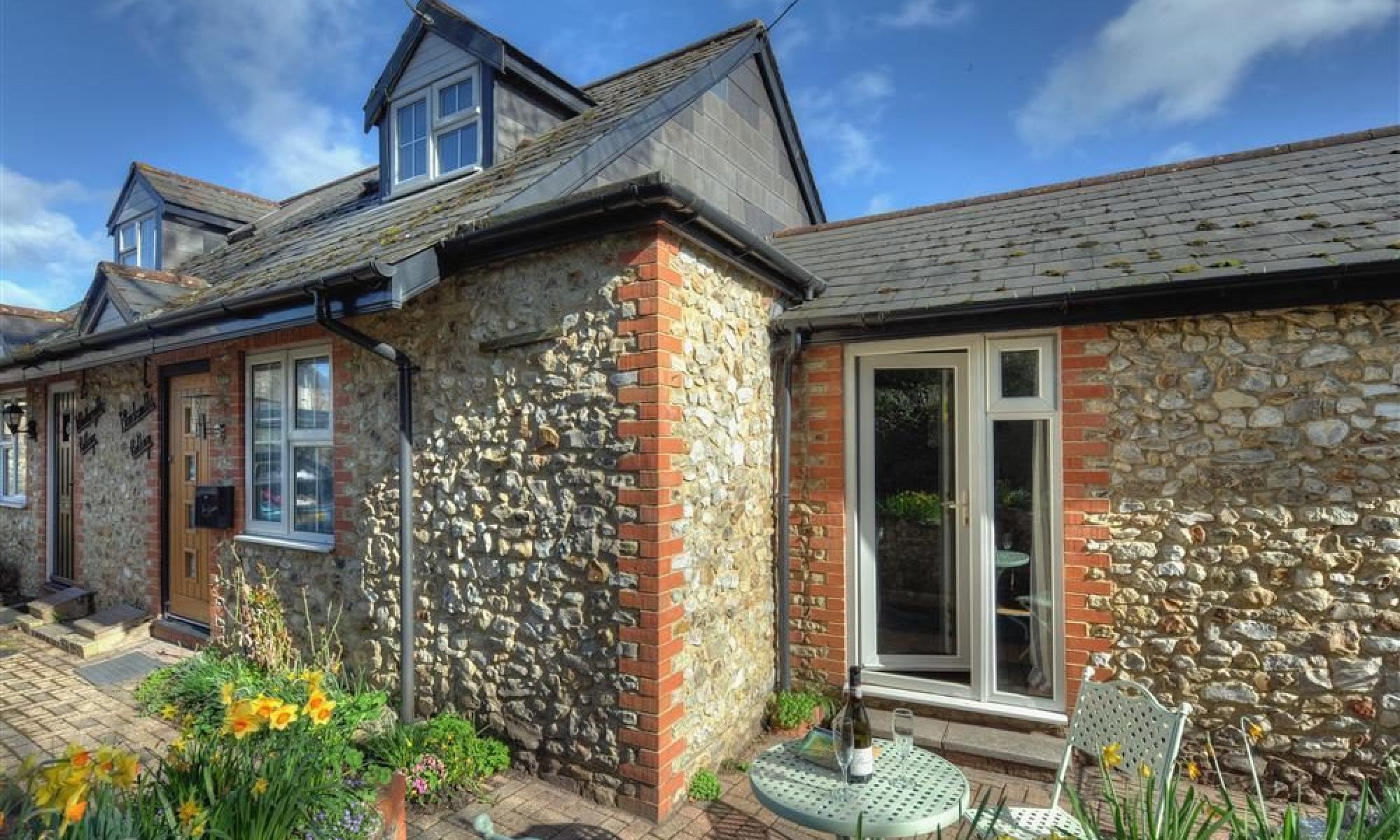 This is a delightful short walk which begins at Lyme Regis in Dorset and ends at Uplyme in Devon. The walk starts at the historic resort of Lyme Regis and follows alongside the River Lym (or Lim) to reach the village of Uplyme.
This is a delightful short walk which begins at Lyme Regis in Dorset and ends at Uplyme in Devon. The walk starts at the historic resort of Lyme Regis and follows alongside the River Lym (or Lim) to reach the village of Uplyme.
Much of this walk is on firm surfaces so it makes a good all year round walk. Several sections are part of the East Devon Way – a 40mile (60 km) inland footpath from Exmouth to Lyme Regis marked by a foxglove logo and signed by pink arrows.
Directions
From Cobb Gate at Lyme Regis there are two routes to the Town Mill:
a) Go through Broad Street (pay & display) car park and descend the steps on the right at the back of the car park to reach the Town Mill and Craft Centre.
b) Walk along Coombe Street, opposite the Museum and Guildhall, signed ‘Riverside Walk Town Mill’. After 120 yards (110m) go sharp left signed ‘Riverside Walk Town Mill’ to reach the Town Mill and Craft Centre
The Town Mill dates from the 14th century and was used as a wheat mill until the 1920s when it closed. After being a Council yard and used for storage (including deck chairs) the mill fell into a derelict state until it was restored and reopened to mill grain in 2001. Grain is still milled here and three different kinds of flour are on sale inside. Surrounding the mill are other buildings used as a Craft Centre and cafe.

Turn left between the end of the mill building and ‘Old Lynch Mill Lane’ (house) along a narrow walled path. At the end go right. Walk along with the mill leat on your right and the river on your left.
At the road continue ahead up Mill Green (a road) and after a short distance, you join the riverside path again.

Cross the river to reach a road with Windsor Terrace opposite. Continue along Windsor Terrace with the river on your left to reach a stone arch bridge and fingerpost at Horne Bridge (named after the Horne Tavern which once stood near here). Continue ahead signed ‘Uplyme & East Devon Way ‘(part of the Wessex Ridgeway).
Continue ahead with the river on your left crossing a stone footbridge to reach a field. Go through the field aiming for the fingerpost and gate ahead.
After the gate cross a wooden footbridge and go left at a fingerpost (grid referenced SY 333933) at ‘The Old Mill’ and signed ‘Uplyme ½ ‘.
From the 14th to 18th century there were lots of mills along the river with many of them being textile mills producing good-quality cloth. Dying and weaving was also carried out in the village and it is said that cloth was produced here for Queen Elizabeth I’s soldiers.
One of the remaining mills is the Old Mill here which was built in the 18th century as a textile mill driven by an overshot water wheel.
Walk in front of the Old Mill and then along a raised path above the river. You reach a track (Mill Lane) where you go left passing Honeysuckle Cottage to reach a road (where the fingerpost is at SY 329934).
Cross the road and continue ahead (signed ‘Uplyme ¼’).
At the next road (Church Street) take the path to the left of Church Cottage unless you wish to visit the church where you turn right and climb the hill to the church.
The Church
The original church was medieval but it was largely restored in 1876 and has a very attractive wagon roof. On the right from the entrance, there is a fine stained glass window dedicated to the memory of Wilfred Parke, a very early aviator, who was killed in 1912 ‘by the fall of his aeroplane’ (the word “crash” had not yet been invented).
The yew tree is the oldest living inhabitant of Uplyme being over a thousand years old.
The path on the left of Church Cottage reaches the car park of the Talbot Arms and the bus stop with the Village Hall opposite.
The Talbot Arms is named after a local landowner Sir John Talbot who was an admiral and Lord of the Manor from the early part of the 19th century.
